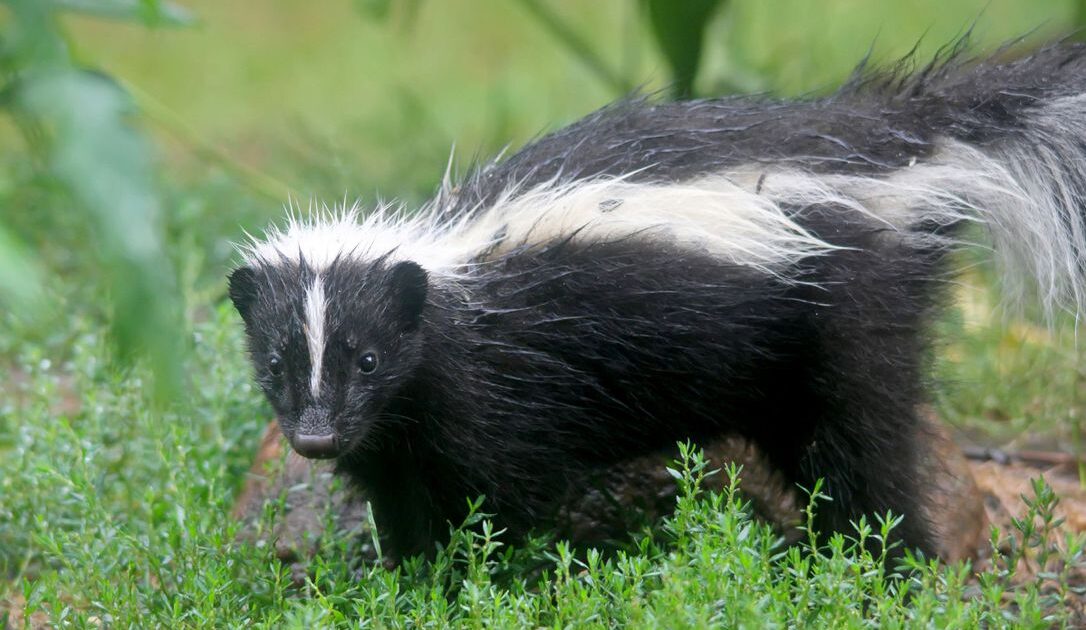Maintaining thick, green grass is no easy feat for homeowners in Madison. Many homeowners juggle busy schedules from week to week, making it hard to keep up with lawn care tasks. On top of that, your turf may be up against young athletes, family pets, and the ever-present bunch of newly fallen leaves and branches. What really does some yards in, however, is the presence of skunks that dig holes and flip over patches of sod when hunting up a meal. Consider a few tips that may help you kick these bothersome critters off your lawn for good.
Grow Strong, Healthy Grass
To make it as difficult as possible for skunks to dig up your turf, it’s critical that you help the grass’s roots grow to be maximally resilient. The primary way to accomplish this is to stay on top of key maintenance practices, including seeding, fertilizing, watering, and aerating your yard. Fertilizer and aeration ensure that the plant gets all of the nutrients it needs, while seeds and water help grass to overcome adverse conditions from season to season.
Depending on your circumstances, you may need to aerate and seed your yard once per year. Fertilizer, on the other hand, is often applied several times per year. Water may be required daily. When you grow a healthy lawn using these tips, skunks may have a much harder time pulling up the roots.
Similarly, pinning down chicken wire over affected patches may inconvenience the skunks. Remember to adjust the wire a couple of times per week so roots don’t start growing over it.
Eliminate Preferred Food Sources
Although skunks are happy to eat a wide range of foods, grubs are a common choice. Thus, if skunks seem to love your yard, it may be because they have found a plentiful food supply there. If you dig into the ground a bit and can see grubs, these creepy crawlers may be the main source of the problem. Grubs may also cause small patches or even large sections of your yard to turn brown.
Because it’s tricky to get rid of fully grown grub larvae, it’s important to take preventative steps in July and August to ensure the coming year will not bring a large grub population. Namely, homeowners can apply a nematode treatment to wet soil. The nematodes, a kind of roundworm, will then use young grub larvae as hosts, eventually killing the larvae and using them as a food source.

Scare Off Would-Be Diggers
There are also a few things you can do to make your lawn a less comfortable or pleasant place for skunks to hang out. For instance, you may be able to apply store-bought repellents or coyote urine to your grass to ward off diggers. Cayenne pepper has also proven effective in some situations. You could even install a motion-sensor device to alarm skunks when they sneak onto your property. These DIY strategies may seem like a simple option but it is not a long term solution.
Call in Professional Help
While all of these tricks can help fend off pesky diggers, you may require professional skunk removal in Madison to resolve the problem completely. At your local Skedaddle Humane Wildlife Control, we systematically locate, remove, and clean up after any skunks on your property. This way, you can get your lawn back without worrying about harming these critters.
Even if you have skunks living near your home that aren’t causing a problem for your grass, it may still be wise to call us so we can relocate the nest. After all, no one wants to handle the aftermath of a skunk spraying a family pet! To get your skunk problem under control or to learn more about our many other pest control services, call Skedaddle today.




